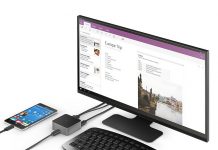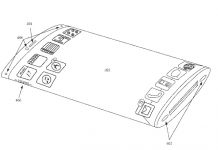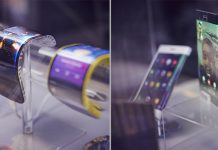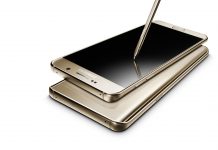Charlie Stross has posted a couple of entries of interest to TeleReaders in his journal this month.
On December 8th, he talked about the launch of the Sony PRS-505 in the United Kingdom, and how it seems to be finding a niche with editors.
Anyway, manuscript format gets you about 300 words to the page, so a 300 page novel ends up running to the thick end of 450-500 sheets of paper — a ream or so. My editors work in London or New York and aren’t mad enough to drive to and from the office: like everyone else, they catch the tube (or subway). It’s dead time for any other purpose, so they’re always reading on the commute, and hauling multi-kilogram chunks of dead tree across the landscape.
But these days, if they want to read a manuscript (which means it’s already passed the first cut) they can ask for an electronic copy by email. And a Sony Reader can hold about 150-200 manuscripts, before you add a £10 memory card and boost the shelf space to something approximating a medium-sized branch library.
It is interesting to me that this “niche” is hardly new to the Sony. In 1998, an article about the Palm Pilot in Salon Magazine included the following passage:
An editor of science-fiction books that I know fell in love with the Pilot when he realized that he could put an entire manuscript into a box that weighs 4.7 ounces and fits into his jacket pocket. “You really have to have spent a decade of your life schlepping 600-page manuscripts around to understand how attractive this is,” he says. He admits that he wouldn’t use the Pilot’s tiny screen — it’s smaller than an index card — for major editing. But, he says, “An enormous amount of what an editor has to do day in and day out is just reading. These days, if I can get an e-text version of a big document I have to read, the first thing I do is hot-sync it onto my Pilot.”
The discussion that grew from Stross’s post included a significant amount of discussion of e-books, and in Comment #54, Stross addressed the idea that e-book prices should be substantially lower than print prices. He listed the various systems that publishers had to purchase or upgrade in order to publish e-books, and concluded:
The only respects in which an ebook edition is cheaper than a paper one—to a big publisher who is not willing to junk their entire fulfilment side and start from scratch—is the saving in paper and ink, which amount to about 5-10% of the cover price.
However, Stross did not address the savings that would come from not having to transport, store, and pulp e-books as printed books require.
On December 14th, Stross talked about the death of the PDA and the rise of the smartphone, going back to the first time he saw a Psion in 1991. He traced the rise and fall of the PDA through the Newton and Palm, to Windows CE machines, the iPaq, and eventually the iPhone.
What “killed” the PDA? Stross talks about how his iPaq 214 is, essentially, a full-fledged computer that can decode handwriting, act as an organizer, and even do word processing and spreadsheet chores—all things that were goals of the original Newton project. However, despite that, Stross says, the iPaq is “fundamentally obsolete.”
It turns out that people don’t want that stuff in a notepad-shaped machine. What they want is a mobile phone that does the address book/agenda stuff — and is an entertainment gadget besides, with a camera and music player built in. Sure the iPaq can play MP3s and videos, and even some games, but it’s a Serious Business Tool, like an executive’s bulging Franklin Covey planner. The market for such gizmos is vanishingly small compared to the market for iPhones which don’t even have cut and paste, or Blackberry devices, which have a keyboard so bad it would have caused Psion’s 1990s engineers to piss themselves laughing.
When low-end netbooks like the Eee (which have things like full-sized keyboards and bigger screens) cost about the same as an entry-level PDA, Stross points out, people are going to split the tasks that a PDA might have performed between the netbook that can do computer tasks better, and the smartphone that can do the remaining PDA tasks just as well.
Past TeleRead coverage of Stross’s journal includes his 2007 rant on “why the commercial e-book market is broken” (and Robert Nagle’s response).

































I was kind of surprised at Stross’ argument about e-book pricing (not that I necessarily agree with the idea that e-book prices should necessarily be lower than p-book prices).
For example, “Finally, publishers don’t sell direct to the public, any more than you buy CDs direct from Warner or Sony: they sell into ebook storefronts like eReader or Fictionwise or the Kindle store, all of whom demand a gigantic cut of the cover price.”
Um, yeah, currently they operate this way but there’s no reason they couldn’t sell directly to customers. After all the most successful ebook publisher in the scifi genre — Baen — does exactly this and appears to be doing so with quite a bit of success.